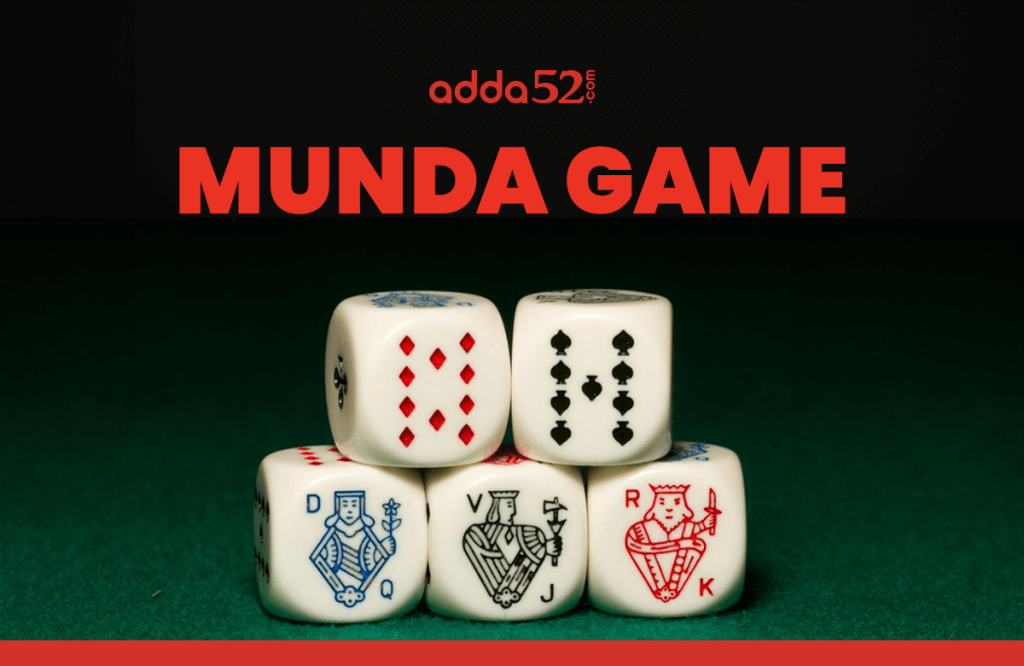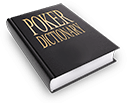Munda Game

Introduction
The Munda game, also known as ‘Jhandi Munda’ is a traditional Indian game that is enjoyed by people of all ages. Whether you are a curious beginner or a seasoned player looking to up your strategy, this blog is your one-stop destination for mastering every aspect of the Munda game. From understanding the basics to refining your gameplay tactics, we have got you covered.
What Is Munda Game
Munda is an exciting game of luck and strategy. The origins of this game can be traced back to the north-eastern region of India. However, its popularity extends beyond India's borders. Variants of this game are played in Nepal, known as ‘Langur Burja’, and in the United Kingdom, where it's called ‘Crown and Anchor’. The game involves players betting on the outcome of dice rolls. While the basic rules remain consistent, variations can exist in terms of betting structures and number of dice.
Objective
The objective of the game is to predict which symbols will appear face-up after the dice are rolled.
How to Play Munda Game:
Players:
The game is played between two or more participants.
Equipment Required:
- Six dice
- A board or a flat surface marked with symbols representing the six sides of the dice: heart, spade, diamond, club, face, and flag
Munda Game Rules
Each symbol holds its own value and corresponding payout ratio, which is predetermined before the game starts.
Betting:
- Each player starts with an equal amount of betting chips.
- Players place their bets on one or more symbols they believe will appear face up after the dice are rolled.
Setup:
- Players gather around, and a designated person (banker) oversees the game
- Players place bets on one or more symbols before the game begins. Each symbol represents a different payout ratio
Rolling the Dice:
The banker rolls six dice together. The dice are usually rolled using a flat plate or a mat, ensuring they remain within the defined area
Determining the Outcome:
- Players win or lose based on how many of their chosen symbols appear face-up after the roll
- The banker announces the result, showing the face-up symbols on the dice
Payouts:
Payouts are calculated based on the number of dice showing the selected symbol and the player's initial bet.
- If a player bets on a specific symbol and one or more dice show that symbol face-up, the player wins according to the payout ratio for that symbol.
- If all six dice show the same symbol, it is considered a major win with a higher payout. Otherwise, payouts vary based on the number of occurrences of the chosen symbol.
Example of Payouts:
- For a single occurrence of the chosen symbol: 1:1 payout
- For two occurrences: 2:1 payout
- For three occurrences: 3:1 payout
- For four occurrences: 4:1 payout
- For five occurrences: 5:1 payout
For all six dice showing the chosen symbol: Higher payout
Payouts are generally structured to offer higher rewards for symbols with lower probabilities of appearing on the dice.
Next Rounds:
The game continues with players placing new bets on symbols for the next round.
Players aim to maximize their points by strategically deciding which dice to keep and which to reroll, aiming for high-scoring combinations to reach the winning threshold before their opponents.
Variations in Betting and Gameplay
Standard Gameplay
Players bet on the outcome of the dice, which are rolled and the result is determined by the faces showing on the dice after they have been thrown.
Betting Structures
Variations can include different betting structures, such as fixed bets, pot-based betting, or increasing bets as the game progresses.
Number of Dice
While the standard game uses six-sided dice, variations might involve using a different number of dice or different types of dice, like four-sided or eight-sided dice.
Special Bets
Some versions might introduce special bets or side bets, such as predicting the exact combination of faces that will appear on the dice.
Tips & Tricks
There are no specific strategies that guarantee wins in the Munda game because the outcomes are primarily based on luck. However, some tips might help you navigate the game:
-
Understand the Odds:
Know the probabilities associated with each symbol. Symbols with lower likelihoods of appearing on all six dice typically offer higher payouts.
-
Manage your Bets:
Start with smaller bets to understand the game dynamics before placing larger bets. Avoid placing bets on symbols with extremely low probabilities unless the payout is substantially high.
-
Observation:
Observe previous rolls to track which symbols are appearing more frequently. While it doesn't predict future outcomes, it might give a slight idea of the current trend.
-
Budget Wisely:
Set a budget and stick to it. Avoid chasing losses by placing larger bets in the hope of recovering previous losses. Treat it as entertainment, and only gamble with an amount you're comfortable losing.
-
Avoid Superstitions:
Remember, each roll of the dice is independent and unrelated to previous rolls. Don't fall into the trap of believing in lucky charms or patterns.
-
Know When to Stop:
If you are winning consistently or if luck is not on your side, know when it's time to step away. Emotional decisions can lead to bigger losses.
Frequently Asked Questions
How to play Jhandi Munda?
Players place bets on specific symbols before the dice are rolled. The banker then rolls the six dice, and players win or lose based on how many of their chosen symbols appear face-up after the roll.
Is Jhandi Munda legal?
The legality of games like Jhandi Munda varies by region. It is essential to ensure you are playing in a legal setting and within the regulations of your location. You should always play responsibly and avoid excessive betting or addiction.
What symbols are typically used in Jhandi Munda?
Common symbols used on the dice include heart, diamond, spade, club, flag, and face. Each symbol holds its own value and corresponding payout ratio.
Is Jhandi Munda a gambling game?
While it's primarily a game involving betting and chance, some people also play it for entertainment without involving money. In such cases, it's more about enjoying the game itself rather than gambling.
Conclusion
The Munda game is an interesting blend of chance and strategy, offering a thrilling experience for players. Whether played casually among friends or in more competitive settings, the game's adaptability allows for personalized variations, keeping the excitement alive.
Its timeless appeal makes it a fun pastime across generations, and is a great way to create fun-filled moments and memorable gatherings. So, gather the dice, roll, strategize, and enjoy the thrill of the Munda.
